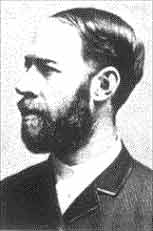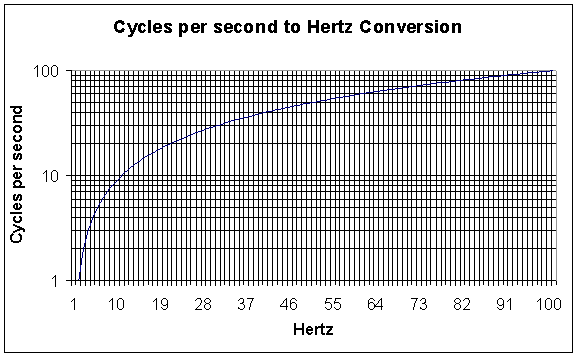|
United We Stand |
|
|
Brainerd Area Amateur Radio Club, Inc. |
|
"Ham Tips" CPS to Hz Conversion |
| Heinrich
Rudolf Hertz proved that electricity can be transmitted in electromagnetic
waves, which led to the development of wireless telegraph and the radio.
Hertz, Heinrich Rudolf (1857-1894), German physicist, born in Hamburg, and educated at the University of Berlin. From 1885 to 1889 he was a professor of physics at the technical school in Karlsruhe and after 1889 a professor of physics at the University in Bonn. Hertz clarified and expanded the electromagnetic theory of light that had been put forth by the British physicist James Clerk Maxwell in 1884. Hertz proved that electricity can be transmitted in electromagnetic waves, which travel at the speed of light and which possess many other properties of light. His experiments with these electromagnetic waves led to the development of the wireless telegraph and the radio. |

|

Frequency Conversion April 1, 2003:
Those involved in electronics in the 1960ís will remember that the unit of frequency measurement was Cycles Per Second. Scaled up, that was Kilocycles per Second or Megacycles per Second. In the mid-60ís, The world converted to frequency measurements in Hertz. Abbreviated, it is Hz. The change was to honor Heinrich Hertz. If you still have magazines and books describing frequency in Cycles per Second or Megacycles, you will want to convert those numbers to Hz (Hertz) or MHz (Megahertz). To do that, use the chart above that was graciously provided by long time ham, Jim Barry WØIRE. To do it mathematically, multiply the frequency in cycles per second by cycles per second and then take the square root of the result. If you have additional questions, just ask at the next club meeting. Story by Mark Persons WØMH

Return to the Ham Tips page Return to the BAARC Main Page
Last updated April 01, 2003